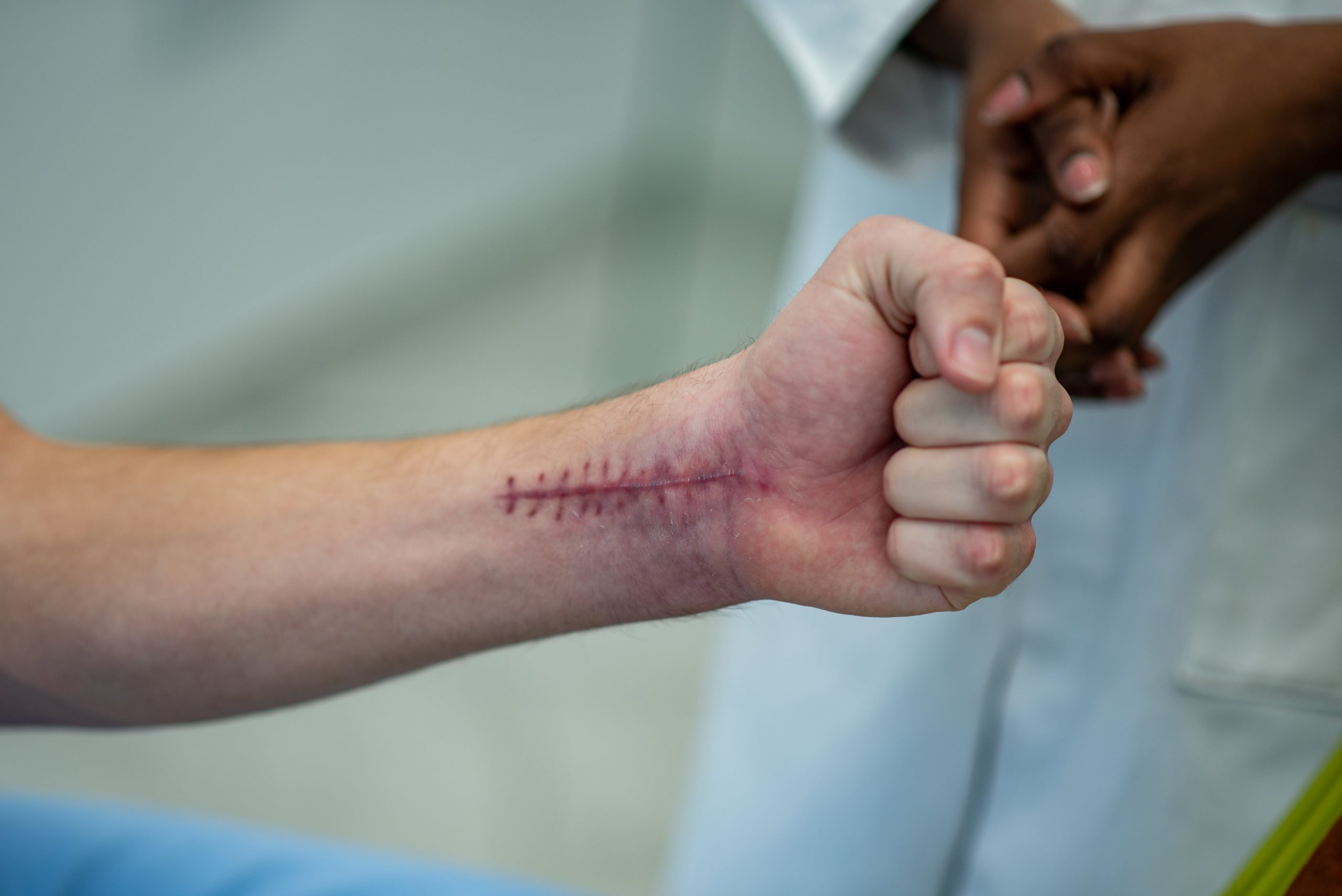
When treating wounds, there is no one-size-fits-all approach. Whether the injury is a small cut, puncture wound or deep one, all wounds require attention in order to heal properly.
Basic First Aid for Lacerations
A laceration (also known as a cut) is an injury in which the skin has been torn. This typically happens when something sharp like glass shards or knives comes into contact with your skin.
Some lacerations can be severe and require immediate medical assistance to stop bleeding. They could also damage blood vessels and tendons, potentially leading to infection.
The initial steps should be to stop the bleeding, cleanse the wound, and dress it. Always wash your hands after administering first aid and avoid breathing on either the wound or its dressing.
If the cut is deeper, apply pressure with a tourniquet or other method until bleeding stops. Additionally, elevate the injured part of your body above your heart so that there isn’t further loss of blood.
Apply direct pressure to the cut with a clean, sterile cloth for at least five minutes, repeating this step if bleeding persists.
After this, it is recommended to rinse the cut with either a saline solution or soap and water. Doing so helps eliminate any debris and prevents an accumulation of bacteria which could lead to infections.
Keep a close eye on the wound for any signs of infection, such as redness, swelling, pus, heat and/or pain at the site. If you observe any of these symptoms, move the patient to a safe location and call 911 or EMS immediately.
If you suspect a laceration may be serious or require stitches, make an urgent appointment with your doctor as soon as possible. Depending on how severe the cut, they might need to be transported to hospital by ambulance or car.
Once your patient has been transported to the doctor’s office, make an appointment for them to see a nurse or doctor about the wound. A wound care nurse can offer education about proper wound care and administer medication for pain control and antimicrobial agents.
Once the wound has been evaluated by a doctor or nurse, they can decide on how best to treat it. Sometimes they will prescribe antibiotics or steroid cream that should be applied directly onto the wound to reduce inflammation and keep it from scarring.
In certain instances, sterile bandage may be necessary to shield the wound from airborne contaminants and keep it moist. A simple method for creating one is by placing cloth or rolled gauze over the injury and then taping it together with paper tape for secure closure.
Change the bandage regularly – once daily or whenever it becomes wet or dirty. Apply antibiotic ointment or petroleum jelly onto the wound to keep it moist and reduce the risk of infection.
